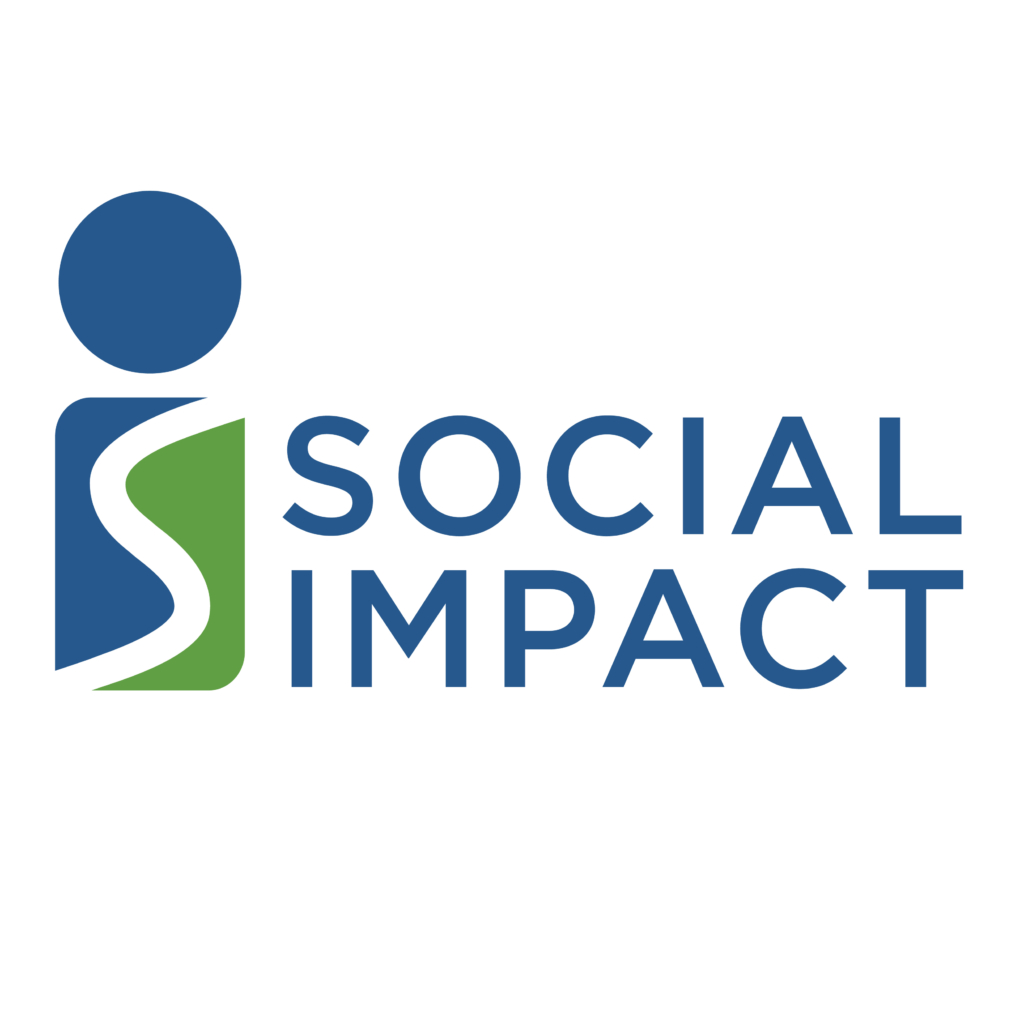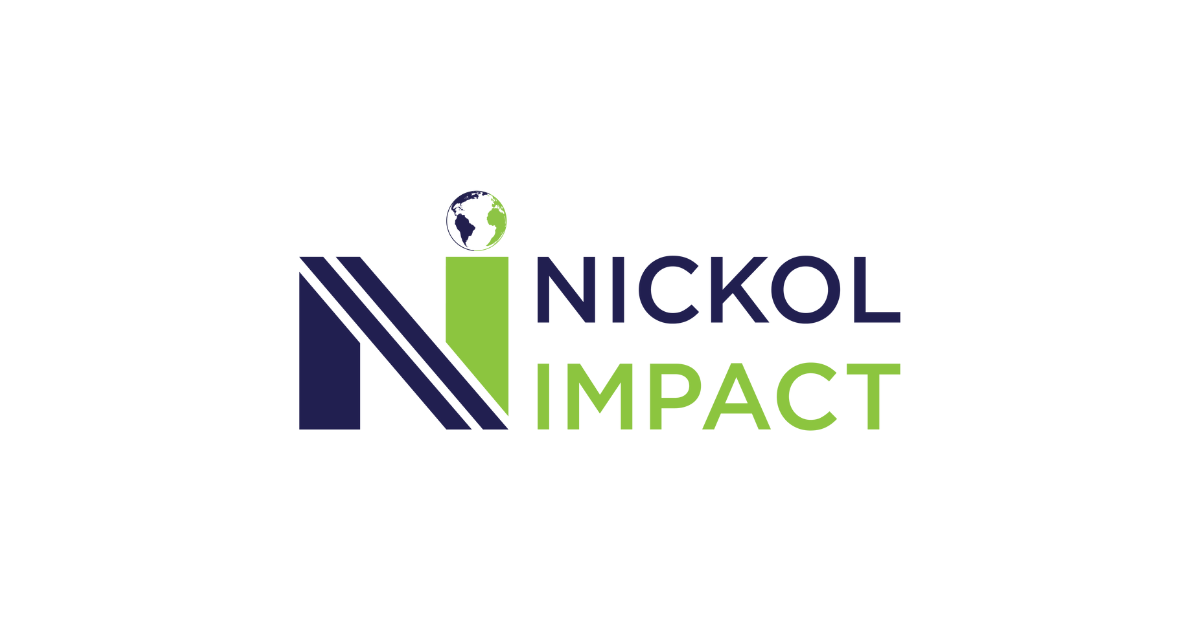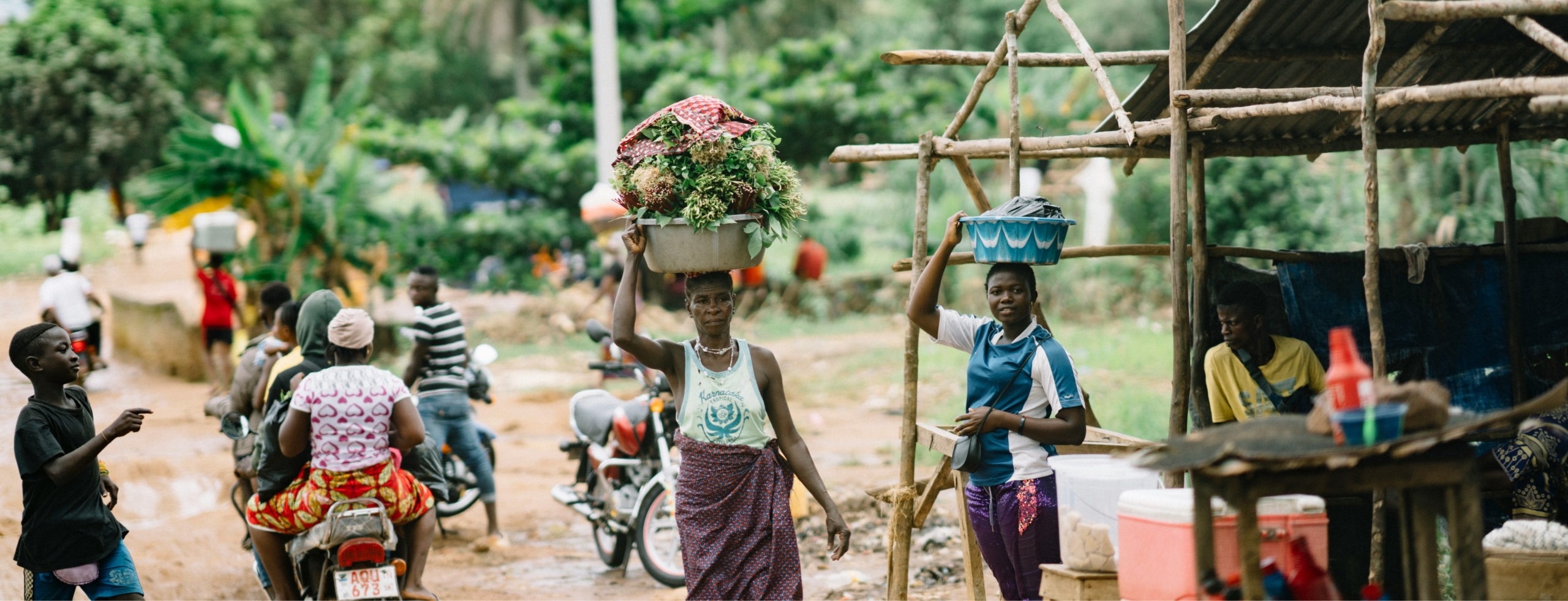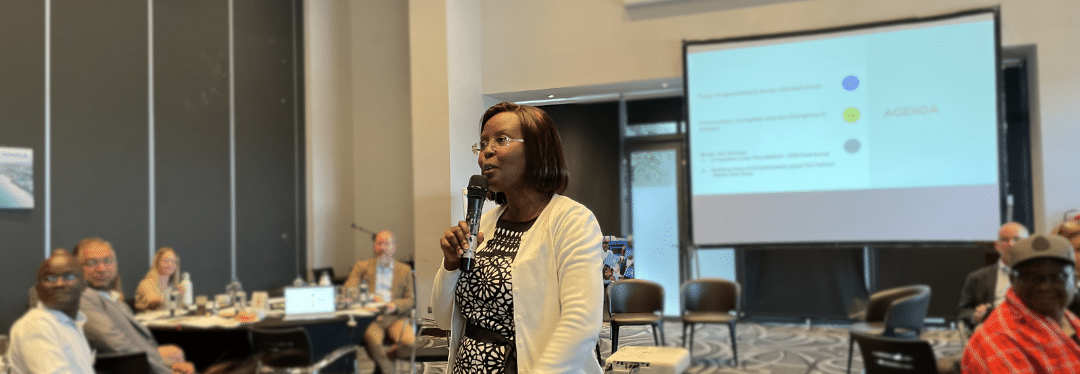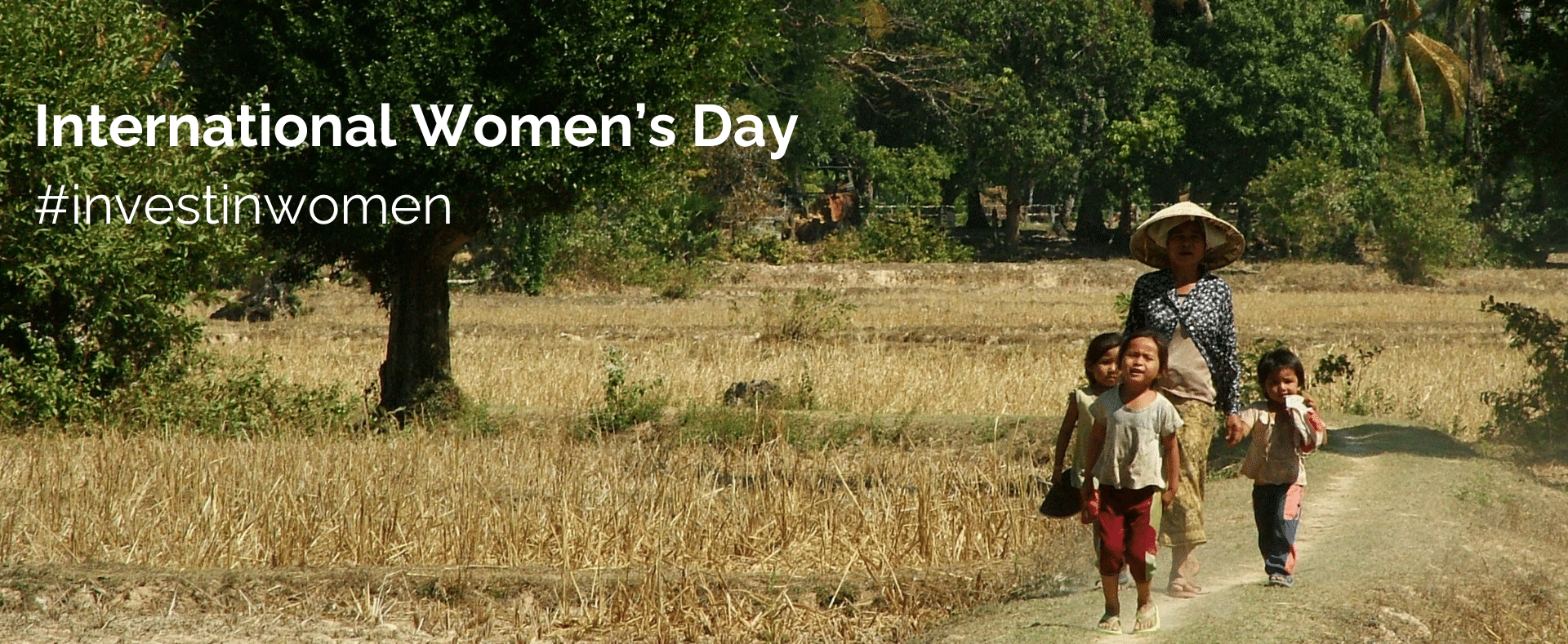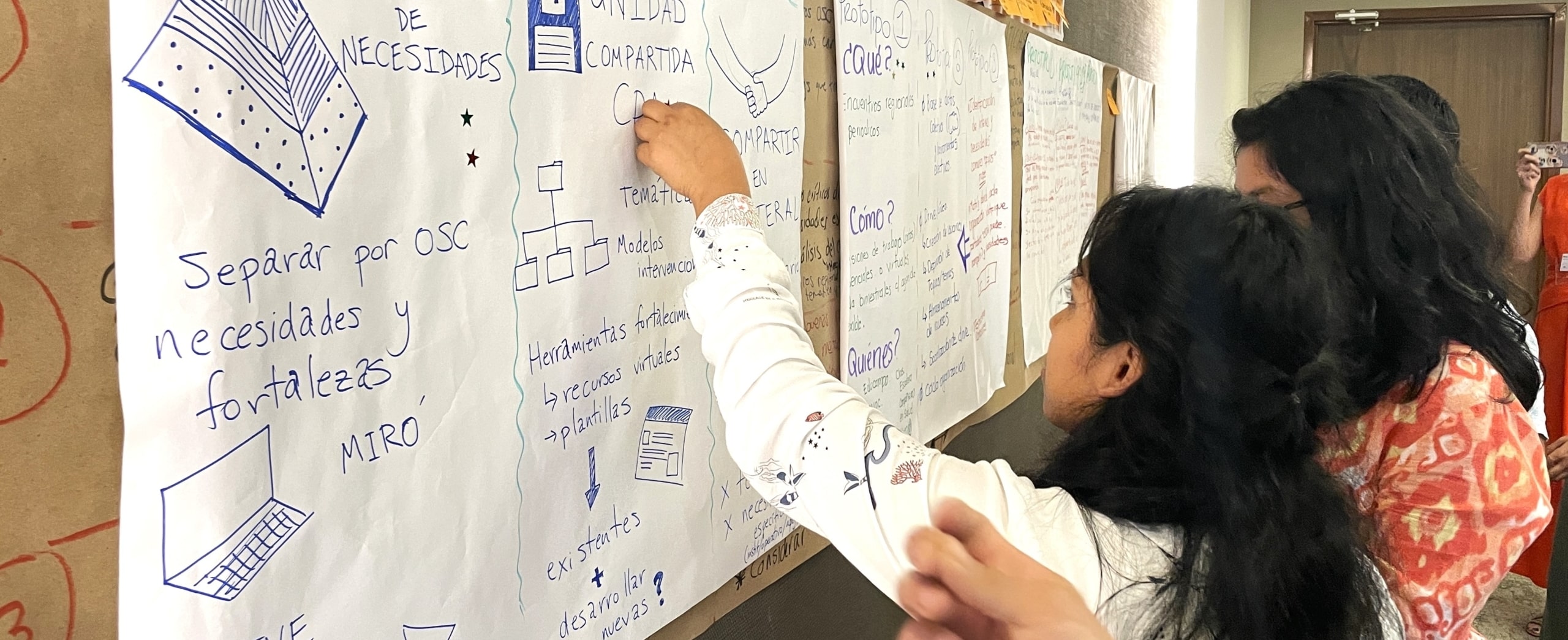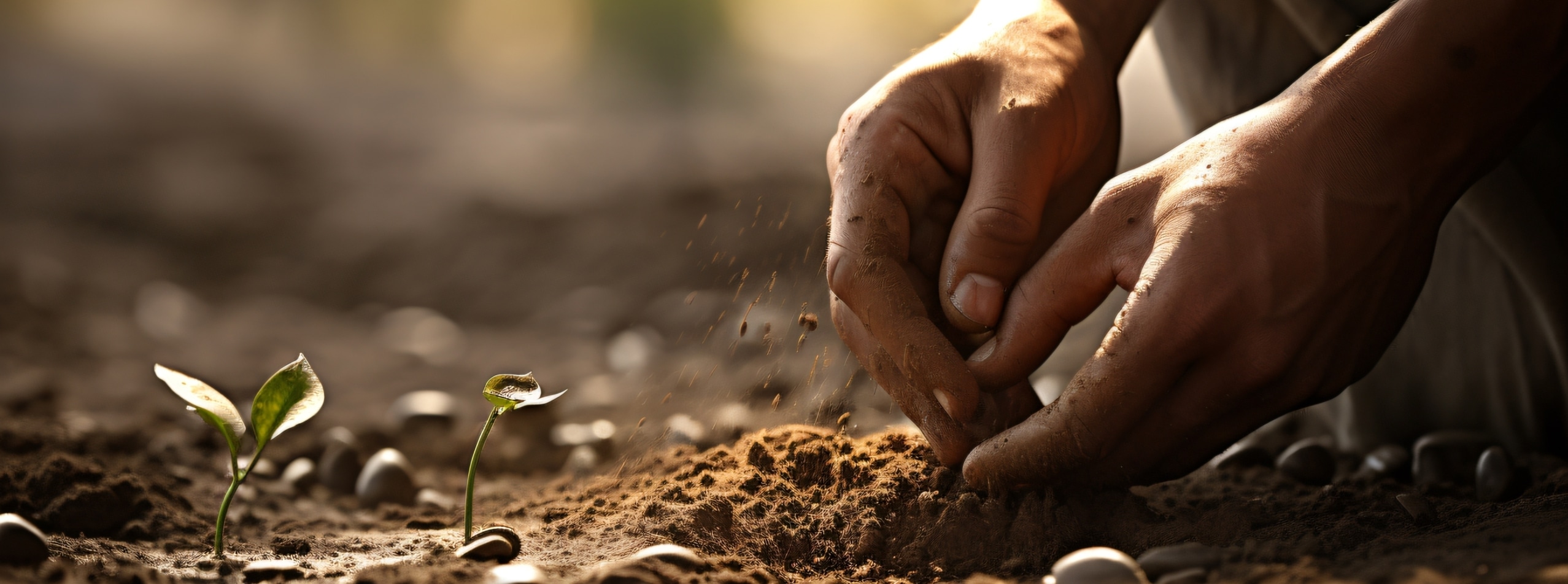By Monalisa Salib, Social Impact Deputy Chief of Party for Vietnam Learns
It may seem counterintuitive – in order to make progress, we should actually press pause. If we use that time to reflect on our work and figure out what we can do better, we will make even more progress than if we just keep going.
And there’s evidence for this. A Harvard Business School study found that, “…purposeful reflection on one’s accumulated experience leads to greater learning than the accumulation of additional experience.”[1] As I wrote in a USAID Learning Lab blog documenting this study and its implications: “This means that to learn, we can’t just consume information and then turn around and implement it. We have to stop and ask ourselves how our efforts are progressing, why and what we should do differently to learn and be more effective.”
Over the last several years, I’ve had the opportunity to help teams at Social Impact and beyond pause & reflect in order to make better decisions about their programs, and I’ve written about this extensively for USAID Learning Lab (see here, here, and here). USAID MOMENTUM invited me to contribute to their recent virtual workshop series on complexity-aware monitoring where I covered the how, what, and why of pause & reflect in international development programming. I wanted to share some brief highlights and additional resources from that discussion.
Why pause & reflect?
Based on the evidence base shared above, we know it is critical to pause at the individual level. But what about the team and organizational level? It is all too common for teams to collect information but not actually talk about it or figure out what to do about it. If we continue to simply gather information without intentionally pausing to make sense of it, we run the risk of failing to make better decisions and figuring out ways to improve. The diagram[2] simplifies the process of moving from information to action, and a critical step is reflection.
without intentionally pausing to make sense of it, we run the risk of failing to make better decisions and figuring out ways to improve. The diagram[2] simplifies the process of moving from information to action, and a critical step is reflection.
As with the individual level, we also have the evidence to assert that pause & reflect matters at the team or organizational level. A few years ago, I was involved in analyzing the Collaborating, Learning & Adapting (CLA) case competition entries; we were looking for key patterns in how CLA practices contributed to better organizational and development outcomes. Pause & reflect turned out to be one of those key patterns – several cases demonstrated that an intentional practice of teams gathering to review and discuss data led to better decisions and subsequent actions to produce better results, in alignment with the diagram above (see the study here and the pause & reflect finding on page 7).
What does pause & reflect look like?
Pause & reflect takes many forms, some at the individual level and some at the team or organizational level. During my presentation, I provided some of these options:

The way in which you pause & reflect should fit your needs, stakeholders’ time constraints, and existing business practices. Some organizations already do portfolio reviews for their programs – if that is the case, leverage that existing process to be truly reflective as a group, not simply lecture or present the basics on a program. Be intentional and consider ahead of time: what are the deeper questions you want to explore as a team? Then, design the session to answer those questions and meet the team’s needs (see this USAID Learning Lab resource on facilitating pause & reflect for additional ideas).
One of my favorite ways to pause & reflect, especially if you are new to the practice, is conducting after action reviews (AARs). Every team I have been on in the last several years has made AARs a habit. We know that for every significant milestone, regardless of how it went, we will conduct an AAR. If you’re new to AARs, you can use USAID Learning Lab’s simple, effective, and rapid AAR tool.
Pausing & reflecting without putting the findings into action is the definition of “all talk, no action.” The most important component for any pause & reflect – regardless of what form it takes – is to ask yourselves two critical questions at the end:
- What are the implications of this reflection on our work? (i.e., now what?)
- Who is going to do what, by when?
Determining implications and next steps is relevant for one-on-one reflections with a colleague or a large annual retreat with multiple stakeholders from various organizations. This makes sure you get to decisions and ultimately actions that make your programs and organizations better.
Additional resources if you want to learn more!
Thanks to the USAID Momentum team for hosting the virtual complexity aware monitoring series and posting all resources online (including the session recordings and presentations). For additional pause & reflect resources, see those linked in this post and the following:
- Pause & Reflect: USAID MOMENTUM Complexity Aware Monitoring Session 3 (includes my presentation on Pause & Reflect)
- USAID’s Collaborating, Learning & Adapting Toolkit on Pause & Reflect
- Podcast episode from USAID LEARN – Stopping to Think: Why it Pays to Pause and Reflect
Photo Credit: RF._.studio, Pexels
[1] Di Stefano, Giada, et al. “Learning by Thinking: Overcoming the Bias for Action through Reflection.” Harvard Business School NOM Unit Working Paper No. 14-093. March 29, 2015.
[2] Originally developed for this blog: https://usaidlearninglab.org/lab-notes/adaptive-management-if-not-now-when

